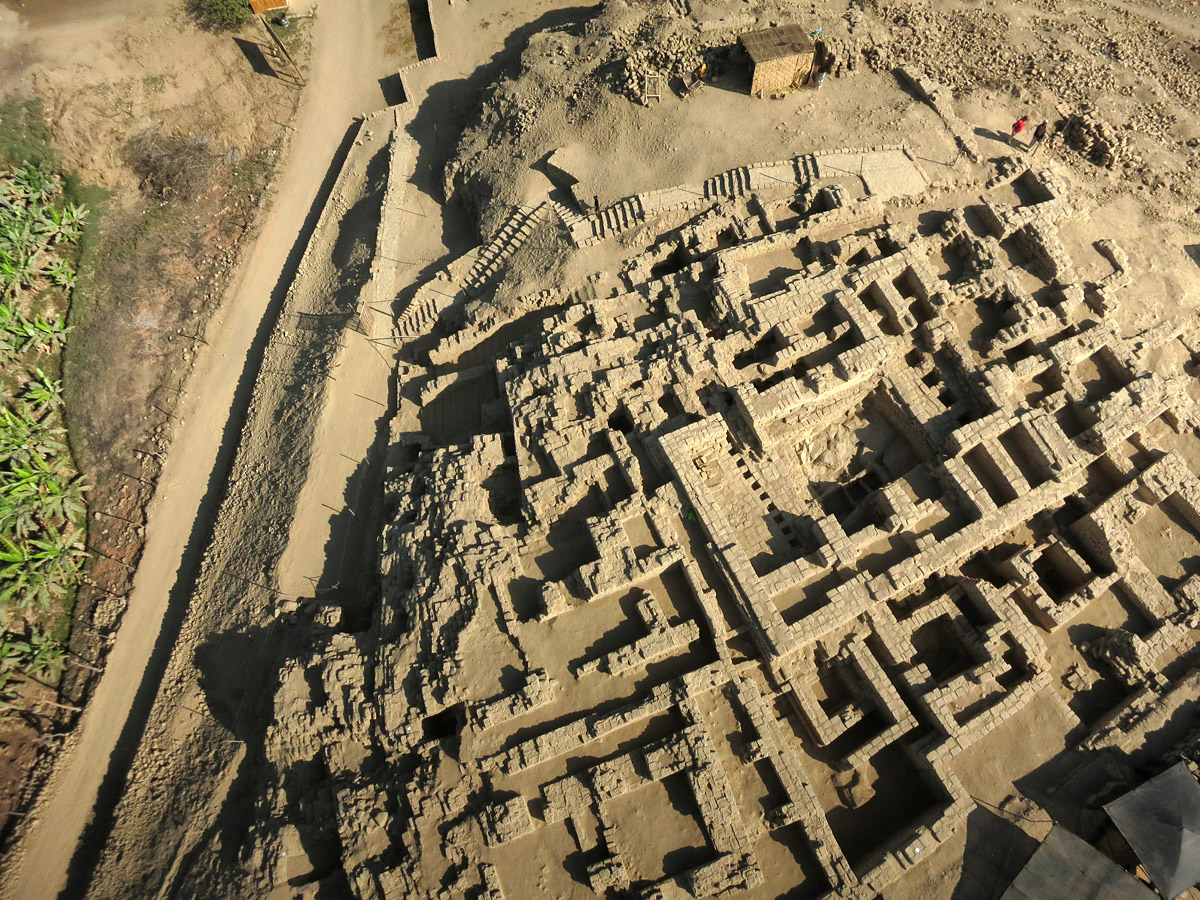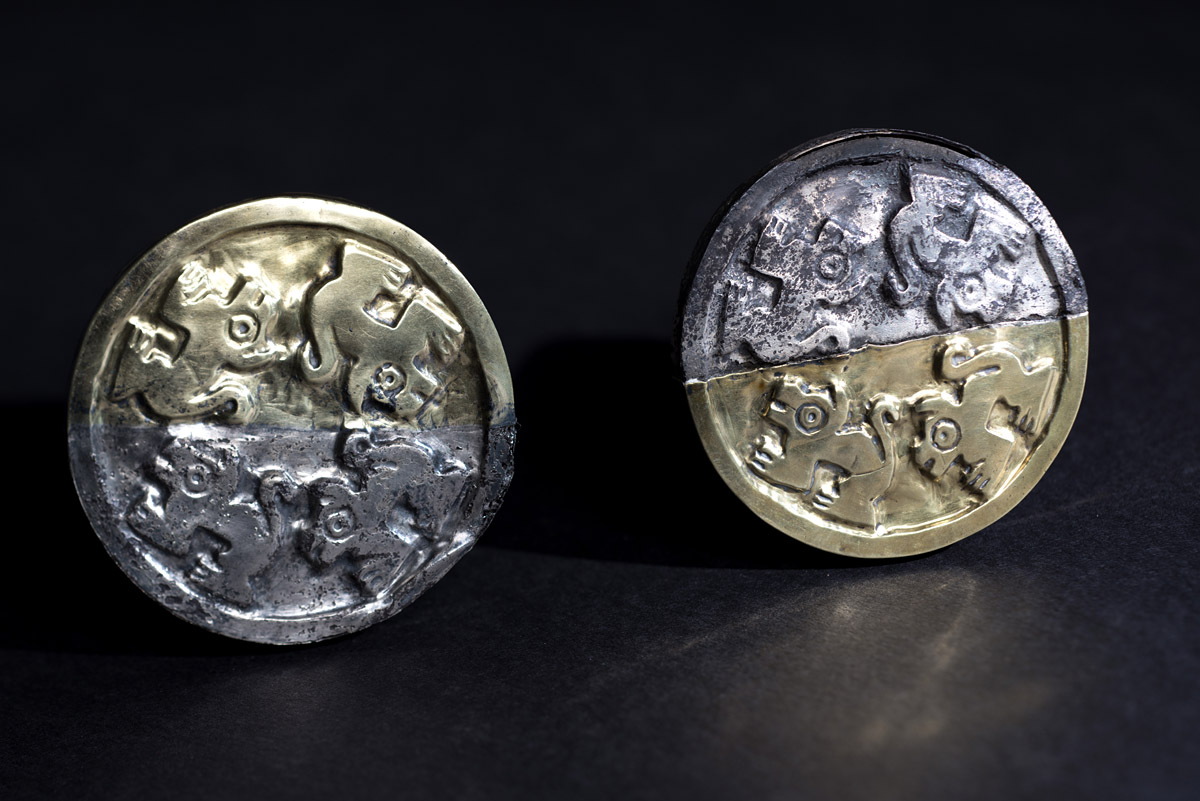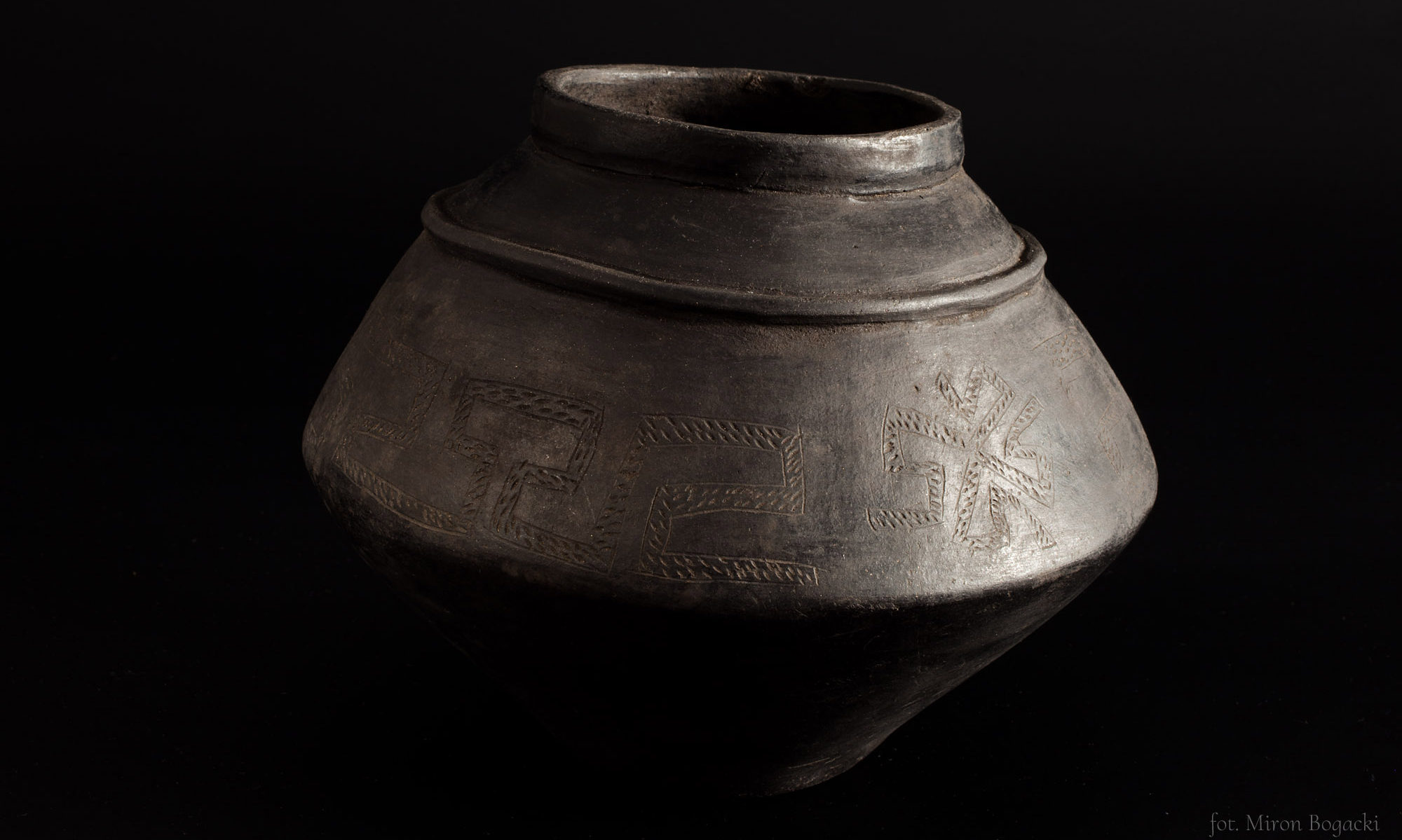
Person conducting excavation: Miłosz Giersz, PhD
Country: Peru
Site name: Huramey
Type of the site: settlement, palace, temple, cemetery. Wari Empire (600 – 1050 n.e.).
Involved institutions: IAUW, PUCP, NGS, APPEA
Description of the research:
Twelve centuries ago, in a Peruvian desert on the Pacific coast, on the outskirts of the first empire of pre-Columbian Andes, called Wari by archaeologists, a new centre of power was established, with Castillo de Huarmey as its capital. Centuries before the Inca rose to power, the rulers of the Wari Empire developed a unique culture that created rare works of art and architecture. Castillo de Huarmey became one of the richest necropolis of the Wari Empire elites.

The Huarmey Valley, located in the Ancash region about 300 km north of the capital of Peru, Lima, is one of the many river valleys on the desert Pacific coast. In that peaceful oasis, over a millennium ago, the Wari people established a new centre of power. Castillo de Huarmey, located 1 km (0.6 mi) east from the present-day capital of the Huarmey province, covers an area of 45 ha. It is dominated by a monumental palace and the royal necropolis built above it, on the summit of a natural rock hill. Plundered and damaged over decades, only in 2010 were the ruins of the capital of a Wari Empire province finally, and extensively, studied, when a team led by Miłosz Giersz and Patrycja Prządka-Giersz, both from the University of Warsaw, with Krzysztof Makowski and Roberto Pimentel Nita from the Pontifical Catholic University of Peru (Lima), carried out the first archaeological excavations. There, after years of work, a Polish-Peruvian team of archaeologists directed by dr. Milosz Giersz from the University of Warsaw, Poland, unearthed the first undisturbed royal tomb of pre-Columbian Wari civilization that consisted of remains of 58 noblewomen, 6 human sacrifices, two mutilated guardians and over 1300 artefacts made of gold, silver, bronze, decorated pottery as well as rare wood, bone, and shell and stone materials. This discovery was considered by National Geographic Society and ARCHAEOLOGY. A publication of the Archaeological Institute of America as one of the most important archaeological findings worldwide. Those archaeological excavations brought as many unique data as new research questions that archaeologists are trying to answer by continuing multidisciplinary research at this unique pre-Columbian site.
Project financing:
The 2010 field season of the Castillo de Huarmey Archaeological Project was supported by grants from the National Science Center of the Republic of Poland (2970/B/H03/2009/37) and the Ministry of Science and Higher Education of the Republic of Poland (579/N-PERU/2009/0). The 2012-2018 field seasons of the Castillo de Huarmey Archaeological Project were supported by grants from the National Science Center of the Republic of Poland (NCN 2011/03/D/HS3/01609 and NCN 2014/14/M/HS3/00865), the National Geographic Society (EC0637-13, GEFNE85-13, GEFNE116-14 and W335-14) and financial support from Compañia Minera Antamina S.A. Many Project’s initiatives were also supported by the Foundation for Polish Science (grant KWERENDA 2011/195), the National Science Center (grants NCN 2015/18 / E / HS3 / 00106 and NCN 2015/19 / N / HS3 / 00880) and the Ministry of Science and Higher Education (Diamond Grant 2013012043), as well as the Pontifical Catholic University of Peru in Lima, Polish-Peruvian Society for Andean Studies, the Ministry of Culture of the Republic of Peru and the local government of Huarmey.

